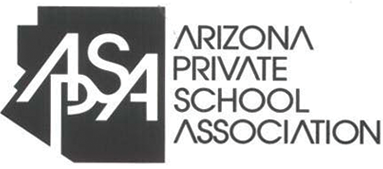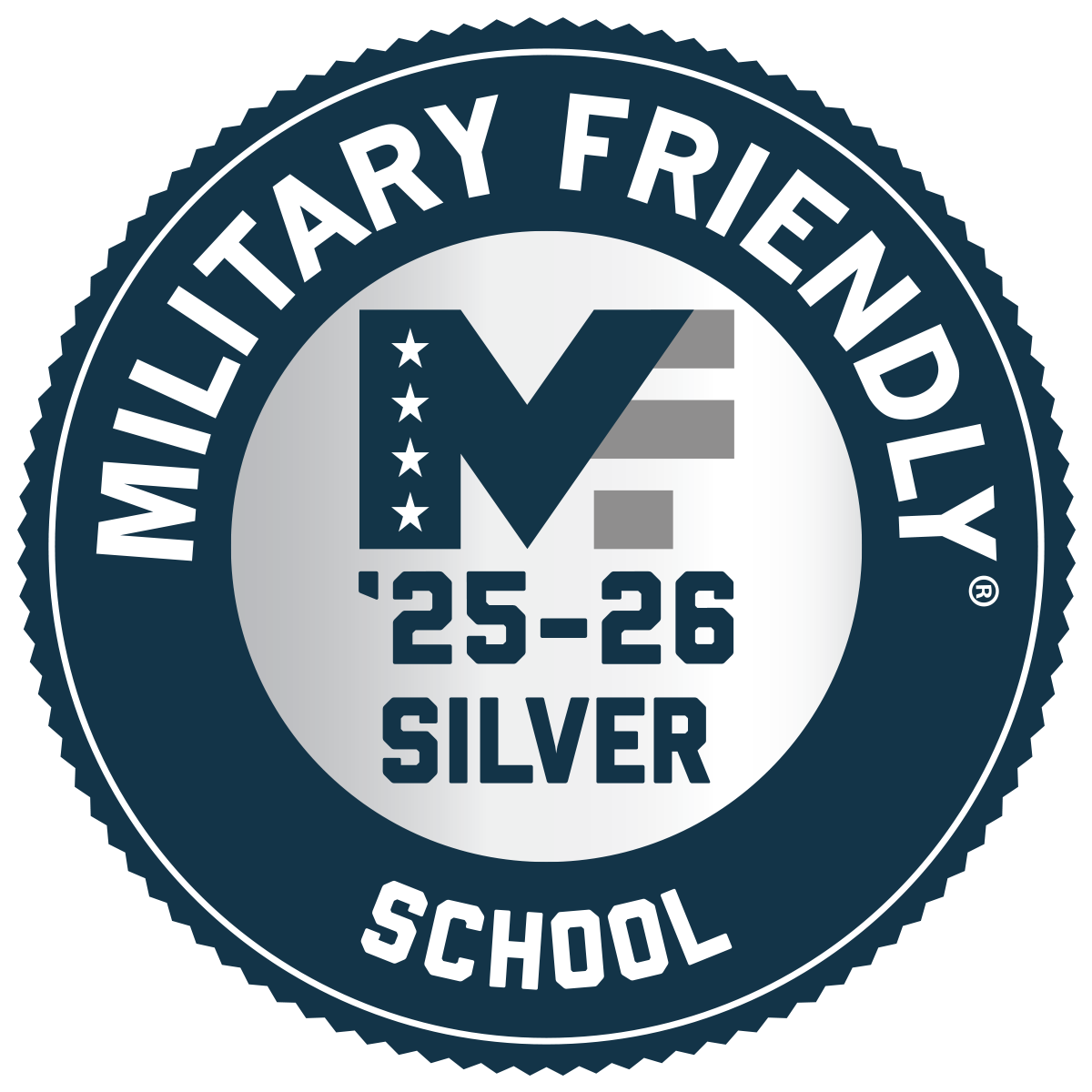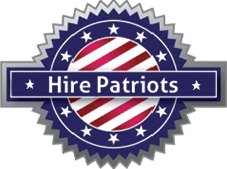As a truck driver, there are many safety protocols you must follow. These safety protocols are designed to keep both you and others safe while on the road. The need to learn proper vehicle inspection protocol doesn’t end with passing your CDL exam. Regular vehicle inspections before you get behind the wheel ensure that your truck is safe and will respond to your commands properly under any conditions.
The Pre-Trip Inspection
Before leaving on any job, perform a thorough visual inspection of your truck. Check all areas of the cab and trailer. Look for signs where wear or damage that could pose a safety hazard while driving. You should also read the previous vehicle inspection report to ensure that any prior issues have been corrected before you leave. Never drive a truck that you feel is unsafe—have any issues repaired before your trip begins.
The En-Route Inspection
You should continue to verify the safety of your truck while on the road. An en-route inspection involves being aware of how your truck is handling and responding. Your en-route inspection should include taking note of how your truck’s lights, brakes, tires and steering respond, as well as monitoring any connections with your trailer. If you notice any problems, stop the truck and contact your superiors before continuing.
Post-Trip Inspection
After each day of driving and once your entire trip is complete, you should perform a complete visual inspection of your truck. This inspection should be identical to your pre-trip inspection—look for damage or wear that should be addressed to prevent posing a safety concern. If you cannot make repairs on your own while on the road, request assistance from your employer.
Performing regular vehicle safety inspections is an important part of your CDL exam and your safety while on the road as a trucker. You can find out more about passing the CDL exam and enjoying a safe and successful trucking career when you visit HDS Truck Driving Institute on the web or call (877) 205-2141.








